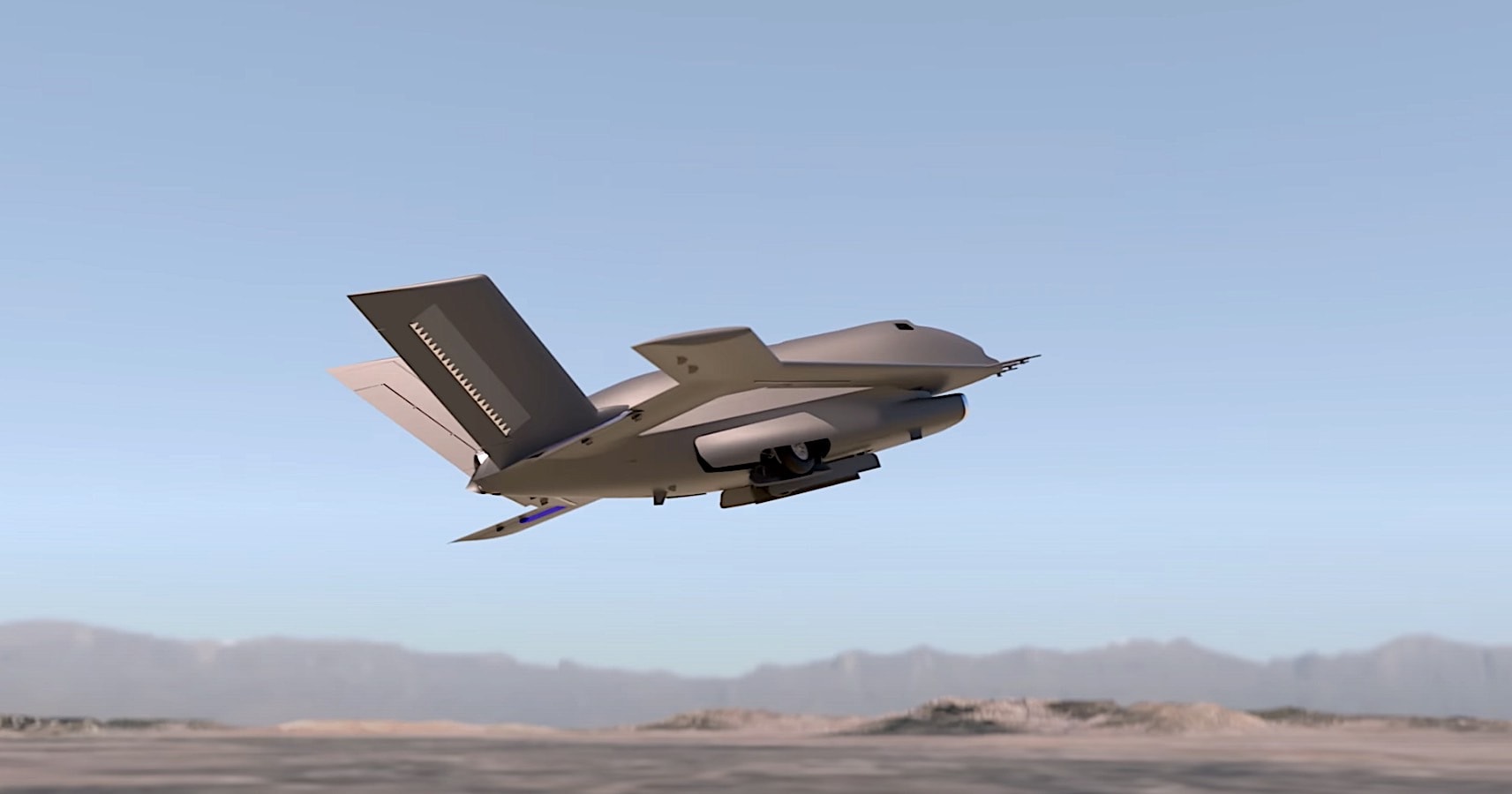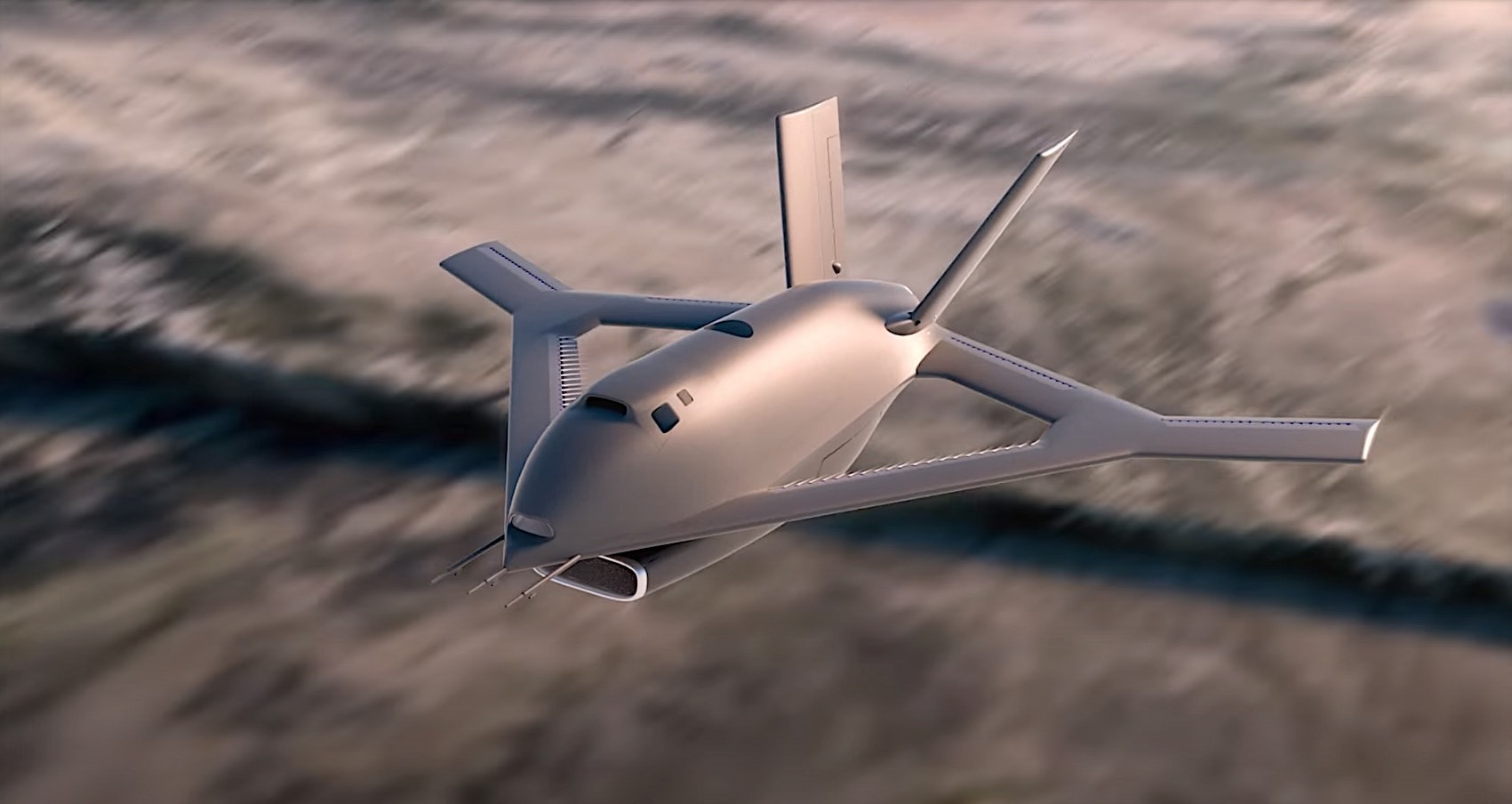Understanding the mechanics of an aircraft doesn’t necessarily require aviation expertise. In basic terms, engines propel it forward, wings generate lift, and various control surfaces like stabilizers, rudders, flaps, ailerons, and slats facilitate maneuvers such as climbing, descending, banking, and rolling.
This foundational design has governed aviation for over a century, but DARPA, the American research agency, appears poised to revolutionize it. Early last year, DARPA revealed its audacious vision for an aircraft devoid of conventional wings and traditional control surfaces on the tail or wings.
This unconventional concept has gained momentum in 2024, signaling a significant leap forward in aeronautical engineering. Essentially, DARPA proposes eliminating conventional control surfaces and implementing active flow control mechanisms to enable pilots to manipulate roll, pitch, and yaw.
Unlike conventional aircraft, where control surfaces alter airflow, DARPA’s design would utilize actuators and effectors to manipulate airflow over specific sections of the aircraft.

Advancing into Phase 3 this year, DARPA’s “Control of Revolutionary Aircraft with Novel Effectors” (CRANE) project has selected Aurora Flight Sciences, a subsidiary of Boeing, to construct a full-scale experimental aircraft dubbed the X-65 to validate the concept’s viability and potential advantages.
The X-65, designated as a technology demonstrator, will feature a diamond-like wing configuration with multiple wings at varying sweep angles, optimizing the application of active flow control. Weighing over 7,000 pounds with a wingspan of 30 feet, the X-65 aims to achieve a top speed of Mach 0.7, akin to military trainer aircraft.
Aurora Flight Sciences will outfit the X-65 with both traditional control surfaces and active flow control effectors, transitioning gradually from conventional to innovative control methods. Modular design facilitates seamless integration and potential adaptation for other aircraft, ensuring scalability and versatility.
In active flow control mode, the X-65 will deploy jets of air from pressurized sources to manipulate airflow, facilitating precise control of roll, pitch, and yaw. DARPA’s initiative aims to reduce aircraft weight and complexity, enhancing performance by eliminating external moving parts and optimizing aerodynamic efficiency.
While the X-65’s maiden flight is slated for 2025, its broader implications transcend immediate commercial or military applications. DARPA’s pioneering efforts underscore a paradigm shift in aviation, propelling us toward a future defined by innovation, efficiency, and limitless possibilities.

